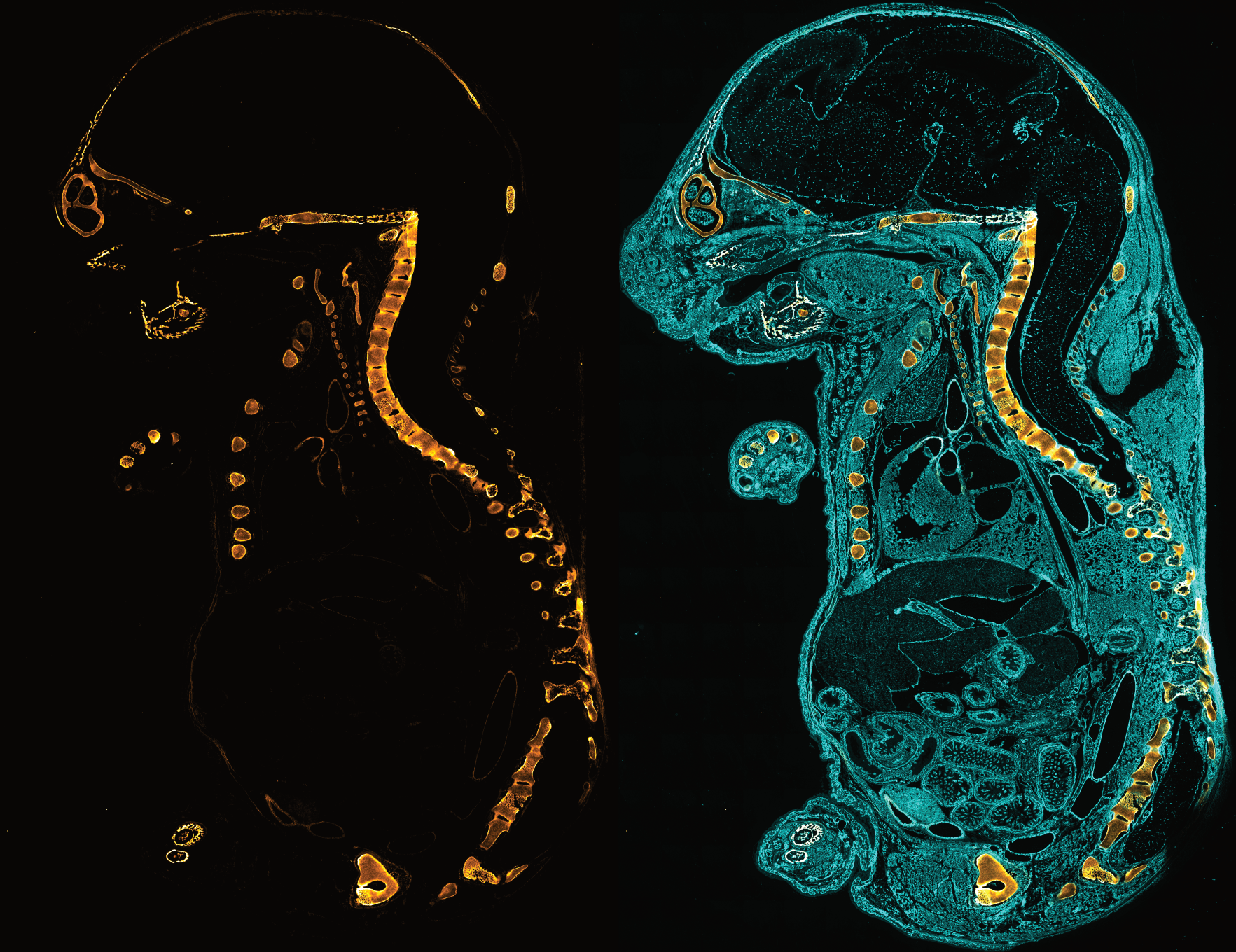Cutaneous Staining for Fibrosis is Made Faster with Collagen Hybridizing Peptides
Cutaneous collagen becomes damaged for a wide variety of reasons: sunburn, skin aging, and skin cancers are among the most common. Additionally, factors such as environmental pollution, poor nutrition, and chronic inflammatory conditions can also contribute to collagen damage. Recognizing and diagnosing fibrosis early is crucial for effective treatment and management. Collagen hybridizing peptides (CHPs) offer a significant advancement in this area, as they can target and identify fibrosis earlier and with more detail than commonly-used stains. This capability allows for more timely intervention and better outcomes for patients experiencing collagen-related issues
Citations
He, Tianyuan, et al. "Age-related changes in dermal collagen physical properties in human skin." PLOS ONE 18.12 (2023): e0292791.
Caley, Matthew P., Vera LC Martins, and Edel A. O'Toole. "Metalloproteinases and wound healing." Advances in Wound Care 4.4 (2015): 225-234.
Bennink, Lucas L., et al. "Visualizing collagen proteolysis by peptide hybridization: From 3D cell culture to in vivo imaging." Biomaterials 183 (2018): 67-76.
Viiklepp, Kristina, et al. "C1r upregulates production of matrix metalloproteinase-13 and promotes invasion of cutaneous squamous cell carcinoma." Journal of Investigative Dermatology 142.5 (2022): 1478-1488.
Chan, Tania R., et al. "Collagen–gelatin mixtures as wound model, and substrates for VEGF-mimetic peptide binding and endothelial cell activation." Acta Biomaterialia 15 (2015): 164-172.
- Choosing a selection results in a full page refresh.









